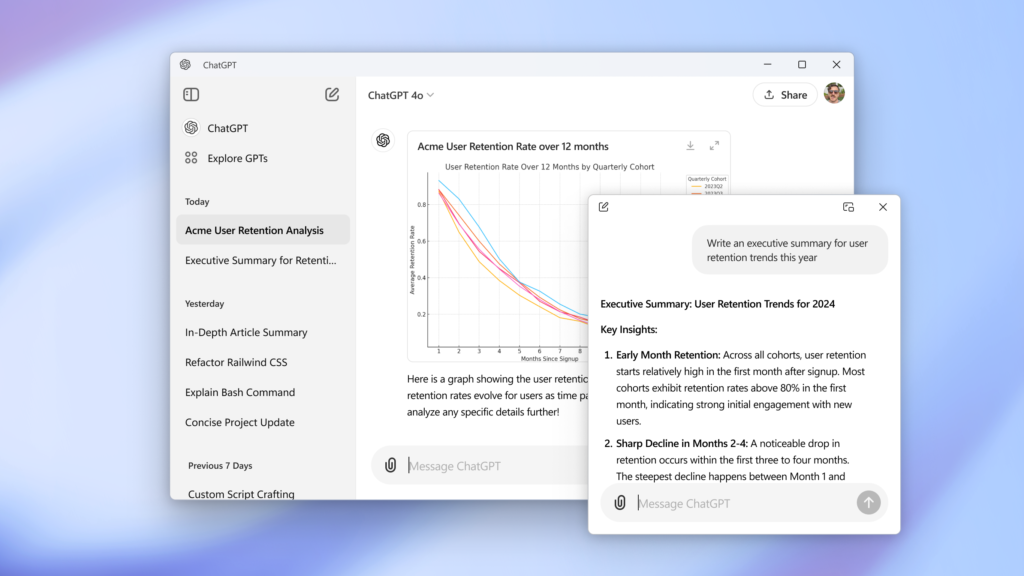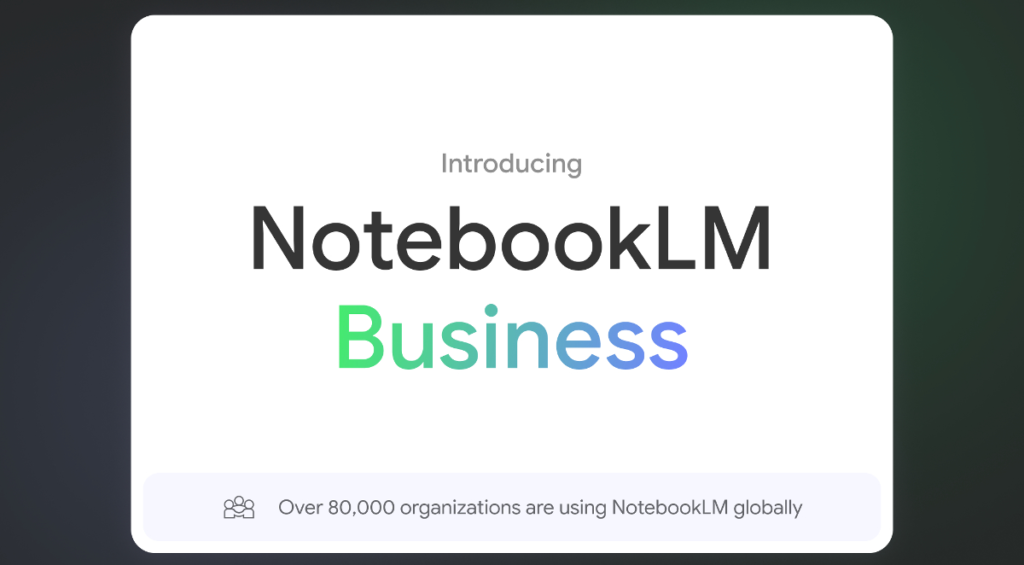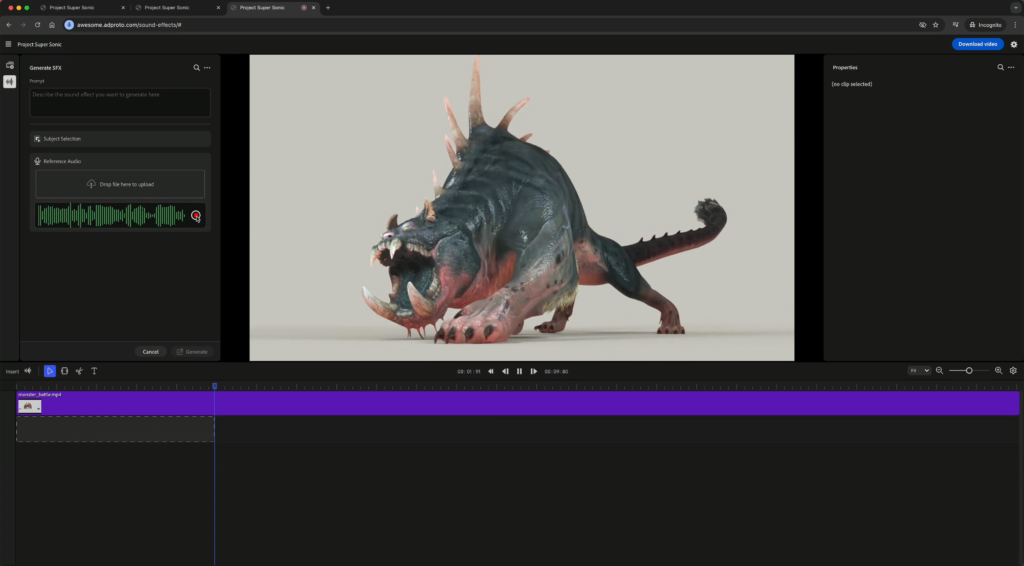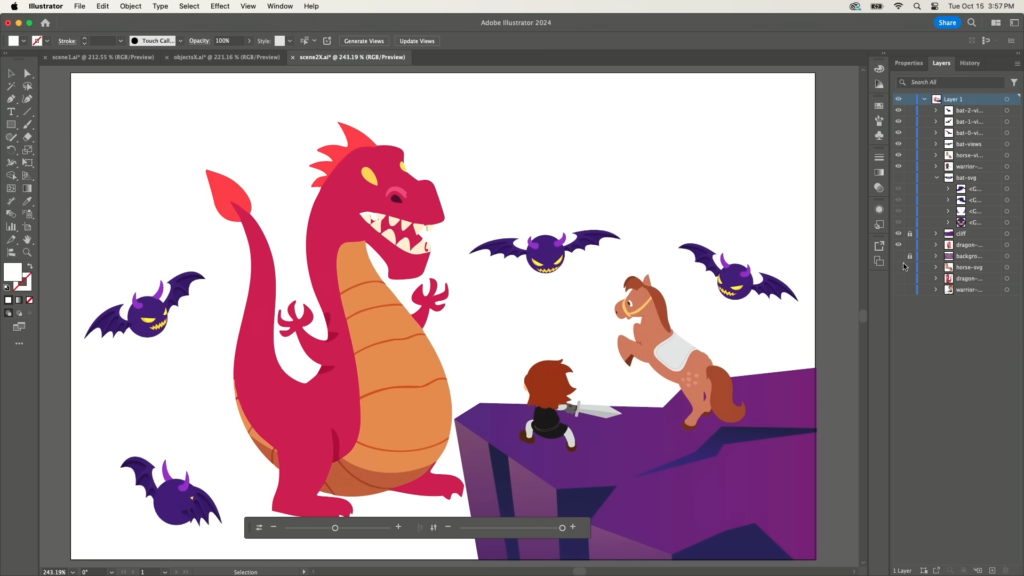A recent study by Goldman Sachs revealed that energy demand from data centers in the U.S. is expected to triple between 2023 and 2030 and will require an additional 47 GW of energy. To meet these demands, Amazon and Google announced last week that they will build their own small modular nuclear reactors (SMR). In addition to that, the US aims to activate 300 new next-generation nuclear reactors by 2050.
People are increasingly integrating AI into their daily lives, and when demand goes up so does the energy requirements. As an example, in September 2024 the ChatGPT website reached a record of 3.1 billion visits, representing a 112% year-over-year increase and making it the 11th most visited website globally!
In the EU and UK we have 109 nuclear reactors where 90% are over 30 years and have passed or are nearing the end of their original lifespan. Several countries in EU are now proud to be free of nuclear power, and Germany even has a law that prevents future nuclear reactors from being built.
How will EU solve the massive increase in energy demand coming from AI in the coming years? Will we have to prevent or limit access to the latest AI models when it’s not windy or when it’s not sunny? Or will we have to stick with the current “2024” models of AI for years to come, when the rest of the world starts to adapt larger and more power-hungry models? What do you think?
THIS WEEK’S NEWS:
- Nvidia Launches Nemotron 70B and It Does Not Crush ChatGPT
- OpenAI Releases ChatGPT Desktop App for Windows
- Amazon, Google and Microsoft to Develop New Nuclear Power for AI Future
- Meta Introduces Thinking to LLMs for All Tasks
- NotebookLM — Business Pilot and Guiding the AI Podcast Hosts
- Adobe Launches Firefly Video Model
- Adobe Demonstrates Project Super Sonic for AI Sound Effects
- Adobe Launches Substance 3D Viewer for Photoshop
- Adobe Launches Project Turntable and Project Remix a Lot
- Perplexity Launches Desktop App, Spaces & Internal Knowledge Search
Nvidia Launches Nemotron 70B and It Does Not Crush ChatGPT
https://www.reddit.com/r/LocalLLaMA/comments/1g4xpj7/nvidias_latest_model_llama31nemotron70b_is_now/

The News:
- On October 16 Nvidia launched a new LLM called “Nemotron” that is based on Llama 3.1. The announcement was made on Reddit and Nvidia said that it “seems like it’s doing pretty well on benchmarks”.
- Nemotron 70B beats Claude 3.5 Sonnet and GPT-4o on a few benchmarks, but overall it’s not a match for the larger models by Anthropic and OpenAI.
My take: Tech news journalists today love to use headlines like Nvidia just dropped a new AI model that crushes OpenAI’s GPT-4. The main reason I posted about Nemotron in this newsletter is to give a bit of perspective to all the AI news today, and point out how extremely hard it is to focus on what is actually relevant as a regular “AI user”. In my newsletters I always read through all news in detail before posting, and I also try to find different perspectives on each news. In the end I want my newsletters to only contain AI and Tech news that can really make a difference for you and your company. Nemotron in itself is not so interesting, but the way it is being presented by various tech journalists is interesting since it makes it almost impossible to filter out the important news from the not-so-important news.
Read more:
- Nvidia just dropped a new AI model that crushes OpenAI’s GPT-4—no big launch, just big results | VentureBeat
- Harrison Kinsley on X: “NVIDIA’s Llama 3.1 Nemotron 70B – it’s more on par with Qwen2 72B, which is decent”
OpenAI Releases ChatGPT Desktop App for Windows
https://apps.microsoft.com/detail/9nt1r1c2hh7j

The News:
- Two months ago OpenAI launched their macOS app, and now they just released ChatGPT for Windows.
- The app is only available for ChatGPT Plus, Team, Enterprise, and Edu users and access to free users is expected later this year.
- When installed, you can now press Alt + Space to quickly launch ChatGPT.
My take: Great news for everyone who uses ChatGPT and Windows. It will be interesting to see how Microsoft reacts to this, with the relationship between Microsoft and OpenAI showing signs of fraying. Earlier this year, in June, Microsoft removed the shortcut WIN + C to start Copilot, which means that it is now easier to start ChatGPT on Windows than launching Copilot. Maybe Microsoft will add some banners to ChatGPT to encourage people to use Copilot instead, like they did with Chrome?
What you might have missed: ChatGPT web traffic reached a record of 3.1 billion visits in September 2024, representing a 112% year-over-year increase and making it the 11th most visited website globally. It will be interesting to see if these figures go down in a year once people start using the native apps.
Read more:
- Microsoft begs people to stick to Edge after Chrome download • The Register
- Say goodbye to this Copilot feature on Windows 11 | Windows Central
Amazon, Google and Microsoft to Develop New Nuclear Power for AI Future

The News:
- On Wednesday last week, Amazon announced an agreement with energy company Dominion Energy to develop a small modular reactor (SMR) in Virginia. The project is just one of several. In total, the company plans to invest $500 million in three projects across different states. Each of these projects could generate 320 MW of power, meaning that if all three come to fruition, their combined capacity could reach 960 MW.
- On Monday last week, Google announced that it had reached an agreement with startup Kairos Power to build seven SMRs by 2030. This project is expected to generate up to 500 MW of electricity, which will power Google’s AI data centers. Plans are also in place to potentially commission additional SMRs by 2035.
- Microsoft has previously announced that it will reopen the Three Mile Island nuclear power plant, which has been closed since 2019. Additionally, in 2023, Microsoft made investments in Helion Energy, a company backed by OpenAI CEO Sam Altman and focused on the future of nuclear fusion.
- Announced in May this year, the U.S. aims to activate 300 new next-generation nuclear reactors by 2050.
What you might have missed: A recent Goldman Sachs study revealed that energy demand from data centers in the U.S. is expected to triple between 2023 and 2030 and will require an additional 47 GW of energy.
My take: In Europe we have 109 nuclear reactors running, however 90% of these have passed or are nearing the end of their original lifespan. 95 out of the 109 nuclear reactors in the EU and UK are 30 years or older. In April 2023 Germany joined Italy and Lithuania as one of three countries to have completely phased out nuclear power for electricity generation after having operational reactors. The difference in technological development and future plans between the EU and the US has probably never been bigger. To develop the AI solutions of the future we will need lots of energy, and the US is going all-in on this with 300 next-generation reactors planned for the next 20 years. In Germany they have forbidden new reactors to be built by law. I don’t have a personal opinion on whether the EU should reconsider building hundreds of new nuclear powerplants or not, I just see the increasing power demands and note that we in the EU will very soon be “stuck” on a certain power level that will limit the power we will have to train and run new AI models.
Meta Introduces Thinking to LLMs for All Tasks
https://arxiv.org/pdf/2410.10630

The News:
- In a research paper dated October 14, Meta introduces a new method called Thought Preference Optimization (TPO) to train large language models to ‘think’ before responding to general instructions — not just reasoning tasks.
- TPO prompts models to generate internal thoughts before responding to user instructions, similar to how humans think before speaking.
- TPO outperforms standard models on key benchmarks for non-reasoning tasks like marketing and creative writing but declines in math-related tasks.
My take: Test-time-compute introduced by Google in a research paper in August showed the way forward when it comes to solving complex problem solving with LLMs, and TPO now shows that it also has the potential to also greatly improve creative writing. It will be interesting to see how AI companies will proceed with these strategies – where one is clearly better for math-related tasks, and the other for writing text. Will they merge or continue to develop as two separate paths?
NotebookLM — Business Pilot and Guiding the AI Podcast Hosts

The News:
- Google just updated NotebookLM so you can now guide what the AI hosts should focus on in your documents.
- You can also set the expertise level of the hosts.
- When using NotebookLM online you can now listen to Audio Overviews in the background while continuing to work within NotebookLM.
- Businesses can now apply for the NotebookLM Business pilot program.
My take: I love using NotebookLM and Audio Overviews. Being able to guide the hosts and set expertise level is great, if we could just get a few more voices and maybe custom personalities than this is what I will use permanently for my own newsletters going forward.
Adobe Launches Firefly Video Model
https://blog.adobe.com/en/publish/2024/10/14/generate-video-beta-on-firefly-web-app

The News:
- Adobe is rolling out the Firefly Video Model as limited public beta. It is accessible through the Firefly Web App or Premiere Pro. In Premiere Pro the feature is called “Generative Extend”.
- The Firefly Video Model supports (1) text-to-video generation, (2) image-to-video conversion, (3) video extension, (4) b-roll creation, and (5) both 2D and 3D animation.
- The Firefly Video model is trained on Adobe Stock data and public domain content and is designed to be safe for commercial use.
My take: If, like me, you have spent hours searching for just the right video clip on Storyblocks, Artlist, Swarmify or Envato, life is about to become a whole lot easier. Just describe what you want to add to your project and Firefly will generate it. The killer feature however is the video extension, being able to make a specific clip “just a little bit longer” is something I would have loved to use many times in the past years, and the Firefly Video Model package as a whole is very attractive. It just remains to be seen what will happen with all the stock photo and video websites available, will people continue searching for stock videos online or will most people switch to AI generated content?
Adobe Demonstrates Project Super Sonic for AI Sound Effects

The News:
- Adobe Project Super Sonic supports text-to audio, “click on object in video” and “record your own voice as inspiration”.
- “Click on object in video” means you can click on any object in your video, and Project Super Sonic will generate a text prompt you can use for audio generation. It will then generate four different audio tracks which you can preview before adding to your project.
- “Record your own voice as inspiration” is even better, record your own voice and ask Project Super Sonic to augment it, for example to animal roars. Check the video below how it works!
My take: Seriously, WOW! Spend a 4 minutes watching the presentation video of Project Super Sonic by Adobe, it’s amazing!
Adobe Launches Substance 3D Viewer for Photoshop
https://helpx.adobe.com/substance-3d-viewer.html

The News:
- Five years ago, Adobe acquired the company Allegorithmic, the company behind Allegorithmic Substance.
- The Substance family of tools include Substance 3D Modeler (sculpt 3D models), Substance 3D Sampler (transform photos into 3D models and materials), Substance 3D Painter (texture 3D models in real time), and Substance 3D Stager (compose and render 3D scenes).
- The new Substance 3D Viewer allows users to drag-and-drop 3D models into Photoshop as Smart objects, and then render them using generative AI and smart text prompts!
What you might have missed: This tool is really super amazing! It’s not only a 3D viewer, it’s also an AI Image Generator and a Gaussian Splatting Generator! Check this example for some extremely cool things you can do with it!
My take: If you didn’t follow the Adobe Max 2024 conference last week you probably missed this launch. Take 1 minute and check the demo what you can do with the Substance 3D Viewer, it’s super cool!
Read more:
Adobe Launches Project Turntable and Project Remix a Lot

The News:
- Announced at the Adobe MAX 2024 conference, Adobe Project Turntable allows you to turn any sketch into a 3D object and rotate it around as if it was a 3D object!
- Also announced was Project Remix a Lot, that can take any hand-drawn design and turn it into a good looking digital image in Adobe Illustrator. It can also perform different “Layout Variations” automatically such as reformat it for social media posts in different aspect ratios.
My take: All these tools announced by Adobe are truly outstanding, and shows off some incredible innovation and talent. Yes, Creative Cloud is expensive and yes, you might have opinions on their use of AI training data, but wow do they make some truly amazing and innovative products! Again, check the video below for some really cool demonstrations!
Read more:
Perplexity Launches Desktop App, Spaces & Internal Knowledge Search
https://www.perplexity.ai/hub/blog/introducing-internal-knowledge-search-and-spaces

The News:
- Perplexity just launched two new features : Spaces for personal users, and Internal Knowledge Search for Enterprises.
- Using Spaces and Internal Knowledge Search you can upload documents to Perplexity and then search through the documents using the same prompt.
- Administrators can upload up to 500 files to the organization’s repository at Perplexity, accessible to all users within the organization.
- Perplexity supports PDF, CSV, Excel, Powerpoint and Word documents. Images are not supported and indexed.
- For Enterprise Pro customers all files and searches are excluded from AI quality training by default. Perplexity Pro users needs to manually opt out of AI training from their documents in settings.
- Perplexity also announced their upcoming macOS Desktop App, launching on October 24.
My take: Spaces and Internal Knowledge Search is very similar to Projects in Claude, a feature I have used a lot previously. My own experience is that both ChatGPT and Claude generates better output when using them directly instead of when using it through their APIs, which also means that I try to use them whenever possible instead of using Perplexity. I tried Perplexity Spaces and my main issue with it is that when choosing to use Spaces as source material for my prompt, it no longer tries to search the web for additional information. My ideal setup would be to have a project with numerous files as a starting point, and then search the web for additional information when needed.
Read more:
